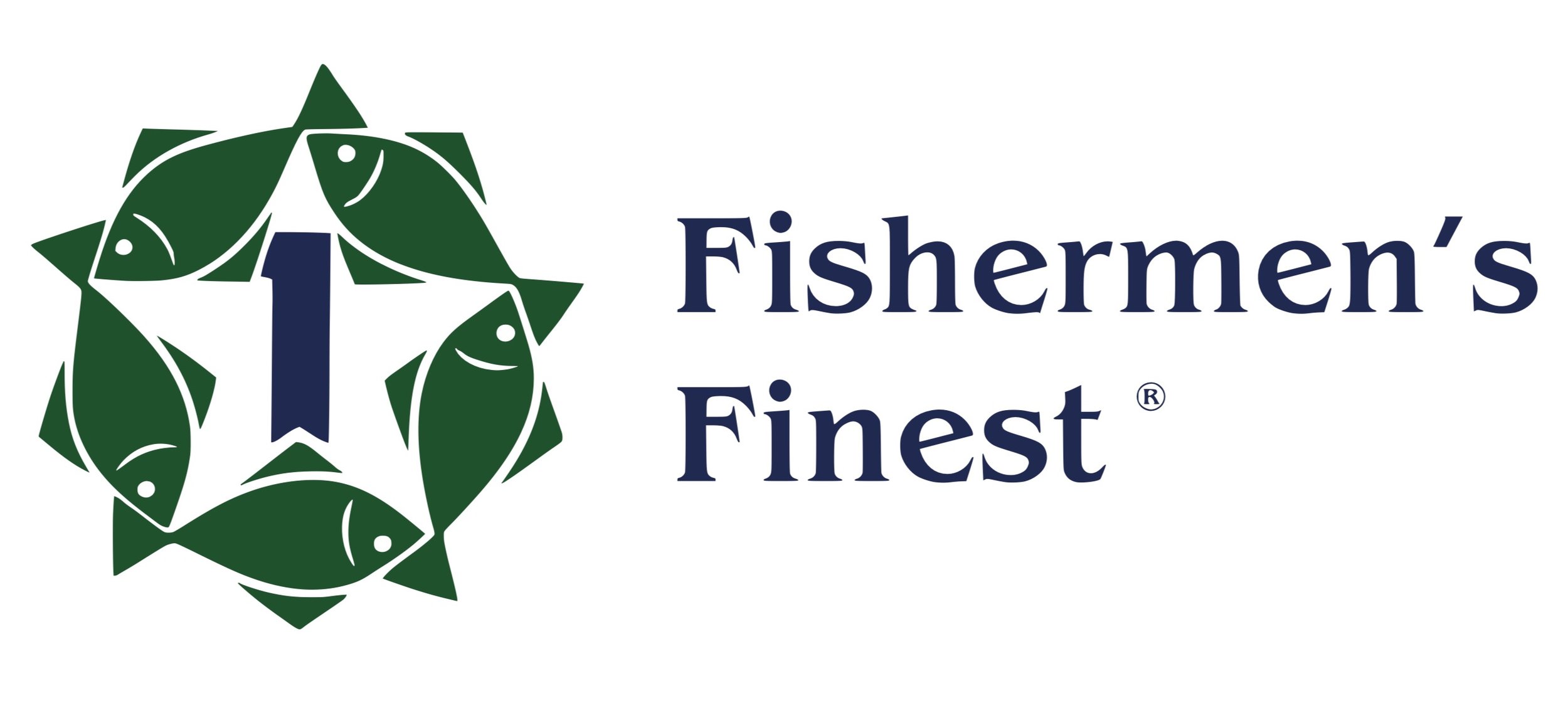Rockfish Populations Study
For full article, click KODIAK DAILY MIRROR link below
Researchers look for fishermen to help in rockfish populations study
By ALEX APPEL
Illustrative purposes only, photo not part of original article.
When it comes to rockfish, there is a disconnect between the locations that researchers use tomake decisions about fishery management and the places where people actually fish.
Dr. Madison Hall's postdoctoral research addresses that — how to estimate the population of rockfish in the Gulf of Alaska.
Researchers lack the gear necessary to conduct surveys in many of the locations frequented by fishermen. That opens the possibility for imprecise population estimates, according to Hall.
The industry has been concerned about the disparity between locations that are surveyed and those that are fished in for a while, according to Alaska Seafood Coop Project Director John Gauvin, who is helping Hall connect with industry participants.
That is why Capt. Bob Hezel from Fishermen’s Finest, an at-sea processing company that fishes for rockfish in the Gulf of Alaska, approached the National Marine Fisheries Service about the possibility of commercial fishermen and the National Marine Fisheries Service working together to survey rockfish populations, Gauvin said.
The idea evolved into the Science-Industry Rockfish Research Collaboration in Alaska project. SIRRCA is a collaborative team that consists of university researchers, government scientists and industry members who are exploring a way for researchers doing population estimates to work on industry vessels, according to Hall, who has dual research appointments with the National Oceanic and Atmospheric Administration’s Alaska Fisheries Science Center and Alaska Pacific University’s Fisheries, Aquatic Science and Technology Lab.
“[This] can renew good faith in management and increase transparency, and that works both ways,” Hall said during a presentation at the University of Alaska Fairbanks. “Stakeholders get a peek behind the curtain ... and also management has a better understanding of their decisions on said stakeholders.”
Rockfish have long lifespans, so if something goes wrong with a generation it can impact the industry for decades, Gauvin said. It is also one of the only rationalized fisheries for catcher processor vessels, said Julie Bonney, executive director of the Alaska Groundfish Data Bank.
During a pilot program last summer to see how a researcher-industry collaboration could work out, Hall spent 60 days at sea. The process went well, she said. During that time, she and her associate surveyed almost 46 tons of fish. Hall is working with the Alaska Groundfish Data Bank to continue her research this summer.
“When there is a topic that seems relevant to the industry — whether it's setting better quotas or minimizing bycatch or improving monitoring — these are things that the industry cares about, so these are things that [the Alaska Groundfish Data Bank] cares about,” Bonney said. So far, six fishing vessels had expressed interest in participating in SIRRCA as of Wednesday, Bonney said. The goal is to find two to three vessels that will take researchers with them this summer.
There are parts of the process that are still being worked out, Hall said. One thing that has to be sorted out is developing a method to make a researcher-industry collaborative stock assessment a sustainable process, she said.
There is the risk that fishermen will not go about their trips business-as-usual with researchers on board, according to Gauvin. Rockfish fisheries have low management quotes for minor species like the harlequin and rougheye rockfish, he said. To avoid closing fisheries, fishermen might change their fishing practices in such a way that causes them to catch fewer fish. If these commercial vessels participating in SIRRCA can get research permits, that can solve a lot of these problems, he said.
“This isn’t a light switch,” Bonney said. “It is going to be five years, maybe a decade, to get paid dividends on this. It’s a longer-term investment for the industry to be involved in versus just a one-time thing.”
In 2023 and — hopefully — in 2025, there will be an industry survey and a government survey done at the same time with the goal of integrating the findings into official population abundance estimates, Hall said.
If your vessel might be interested in participating with the Science-Industry Rockfish Research Collaboration in Alaska project, contact Bonney at 907-486-3033.
